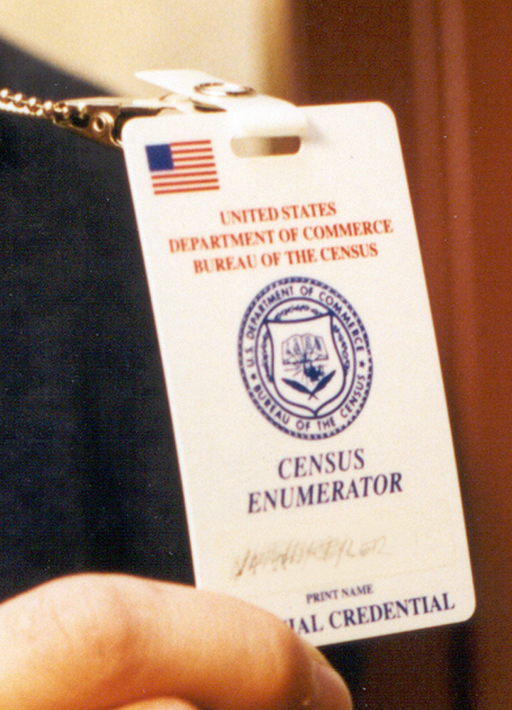How Many People Live In The US? New Census Report Shows Surprising Numbers For The US Population

KEY POINTS
- 42 states and D.C. recorded fewer births in 2019 than in 2018
- 10 states lost population
- U.S. population is expected to top 330 million by Jan. 1
The U.S. Census Bureau said Monday state population estimates indicate growth of the U.S. population is slowing.
“While natural increase is the biggest contributor to the U.S. population increase, it has been slowing over the last five years,” Dr. Sandra Johnson, a demographer/statistician in the Population Division of the Census Bureau, said in a press release. “Natural increase, or when the number of births is greater than the number of deaths, dropped below 1 million in 2019 for the first time in decades.”
Nationally, births exceeded deaths 3,791,712 to 2,835,038 from the middle of 2018 to the middle of 2019. The birth rate for 2020 is expected to be one every eight seconds; the death rate is expected to be one every 11 seconds.
Census said 42 states and the District of Columbia recorded fewer births in 2019 than in 2018, with only eight states recording an increase in births: Washington, Utah, Nevada, Arizona, Idaho, Montana, Vermont and Colorado.
Forty states and the District of Columbia recorded population increases while 10 states lost population: New York, Illinois, West Virginia, Louisiana, Connecticut, Mississippi, Hawaii, New Jersey, Alaska and Vermont. Four states had more deaths than births: West Virginia, Maine, New Hampshire and Vermont.
Puerto Rico saw its population increase by 340 after several years of decline, mainly due to migration, but the island’s population is still below 2010 levels.
Population growth for the year was pegged at 0.5% or more than 1.5 million people, with the total population expected to top 330 million by Wednesday, up about 2 million from last year’s estimate. Population growth peaked in 2014 and 2015 when it increased by 0.73%.
Nationally, net international migration fell 595,348 this year, down from a peak of more than 1 million in 2016.
The most populous states were California (39.5 million), Texas ( nearly 29 million), Florida (21.5 million), New York (19.5 million), Pennsylvania (12.8 million), Illinois (12.7 million), Ohio (11.7 million), Georgia (10.6 million) and North Carolina (10.5 million).
Since April 1, 2010, the U.S. population has increased by more than 21 million, or nearly 7%.
The report precedes the decennial census, which will determine representation in Congress and state legislatures as well as distribution of federal funds. Census launched the first set of ads last week in Alaska where the count begins Jan. 21 in the Bering Sea village of Toksook Bay.
© Copyright IBTimes 2025. All rights reserved.






















